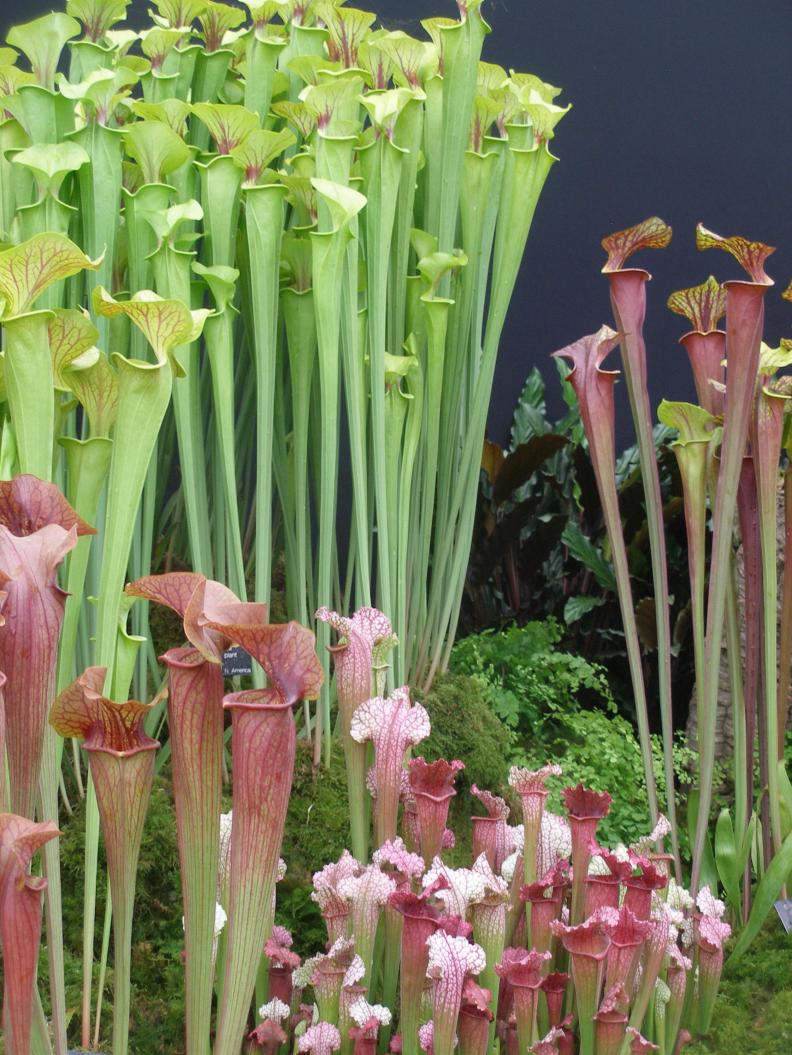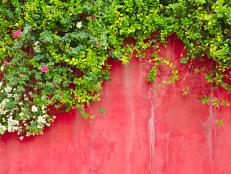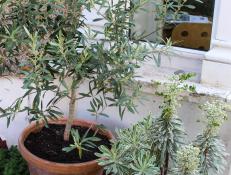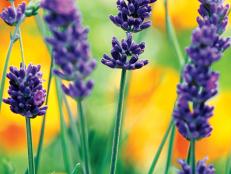1 / 18
Photo: Felder Rushing
Carnivorous Plants
Pitcher plants, sun dews, Venus flytraps — there are some very interesting "meat-eating" plants that, given the right conditions, can become a fascinating gardening hobby. These incredible living decorations are more than your typical houseplants. They are a wonder of nature because of their unusual foliage and flowers, their survival techniques and how they capture their prey. So, whether you’re looking for a plant with unique scientific traits, or want to go a little dark and goth with your plant decor, check out these exotic beauties.












